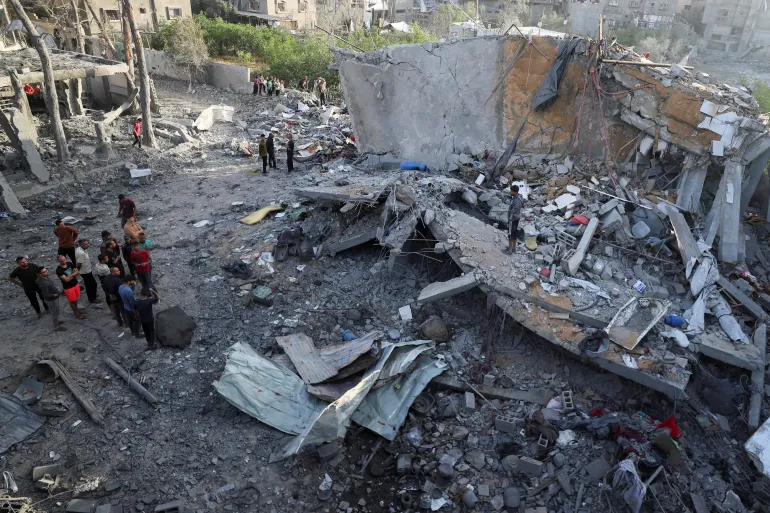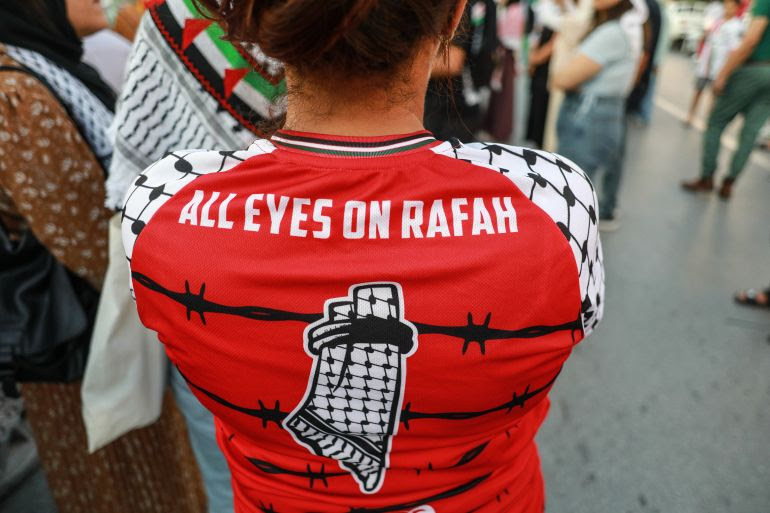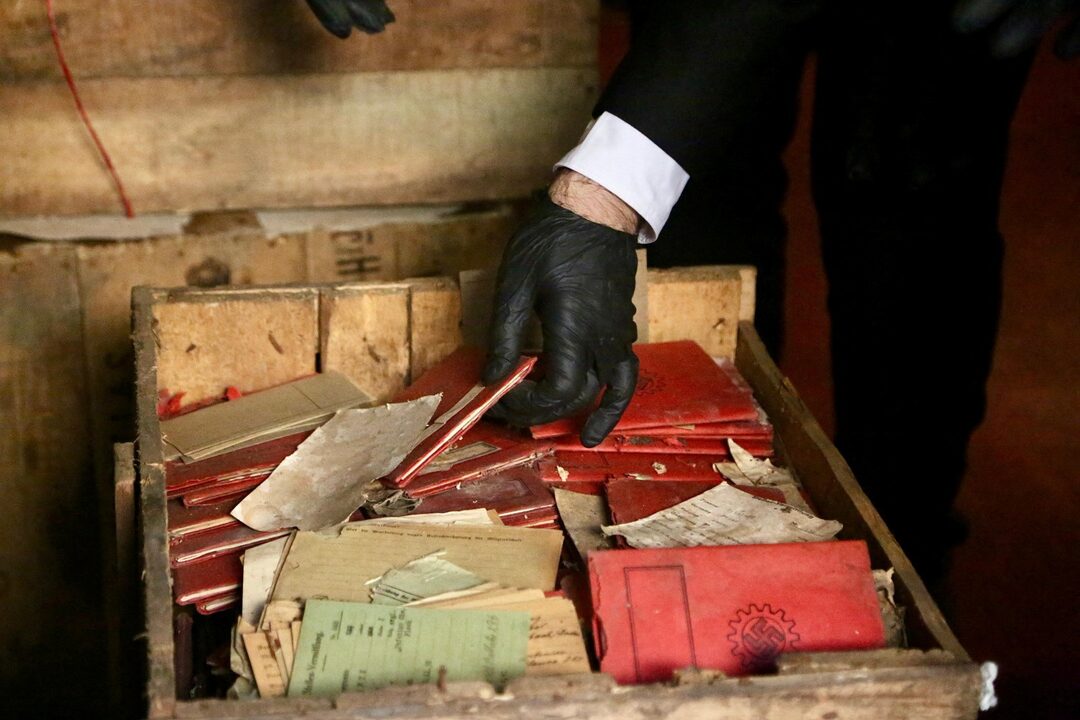Israeli airstrikes on Gaza killed at least 84 people on Tuesday, as reported by the Ministry of Health in Gaza, amid ongoing ceasefire negotiations mediated by Qatar, Egypt, and the United States. The attacks, among the deadliest in recent days, hit residential areas in both the north and south of the enclave, particularly the Jabalia refugee camp and Khan Younis, even as delegations met in Doha to explore a possible truce.
The strike on Jabalia, a densely populated refugee camp in northern Gaza, left scenes of devastation. Residents and emergency workers pulled victims from the rubble with bare hands and flashlights, with entire families reported buried under collapsed buildings. Local health authorities confirmed that women and children were among the dead, although no exact breakdown was immediately available.
The surge in attacks comes despite renewed diplomatic efforts to reach a ceasefire agreement. In Doha, representatives from Israel and Hamas continued indirect negotiations facilitated by Qatari, Egyptian, and U.S. officials. However, any hope of de-escalation appeared distant after Israeli Prime Minister Benjamin Netanyahu declared that military operations would not stop, regardless of the progress of the talks.
“We will continue until all of our objectives are achieved,” Netanyahu stated during a press conference, reiterating Israel’s commitment to its campaign to eliminate Hamas. His remarks effectively undercut the already fragile trust in the negotiations and cast doubt on Israel’s willingness to implement any truce in the near future.
The humanitarian toll of the war continues to mount. Since the outbreak of conflict in October 2023—triggered by a Hamas-led assault in southern Israel that killed more than 1,100 people—Israeli air and ground operations have devastated Gaza. According to the Gaza Health Ministry, the death toll among Palestinians has now reached at least 52,908. The majority of those killed are believed to be civilians.
The widespread destruction has also displaced more than 90% of Gaza’s population, forcing families into overcrowded shelters, tent cities, and makeshift camps. Critical infrastructure such as hospitals, schools, and water systems has been either destroyed or severely damaged. Aid organizations continue to warn of impending famine, outbreaks of disease, and a complete collapse of the healthcare system.
In response to the escalating crisis, international condemnation has grown more forceful. French President Emmanuel Macron, speaking at a press event in Paris, condemned the Israeli blockade of Gaza as “a disgrace.” Macron demanded the immediate opening of Gaza’s border crossings to allow humanitarian assistance to enter and to evacuate those in urgent need of medical care. He also reiterated calls for the release of hostages and a political resolution that includes the demilitarization of Hamas.
“The situation is intolerable,” Macron said. “This siege must end. We need a ceasefire now—not later, not after more lives are lost.”
The U.S., while continuing to support Israel’s right to defend itself, has reportedly increased pressure on Netanyahu’s government to accept a temporary truce that would allow for humanitarian aid to reach Gaza’s civilian population. However, no clear breakthrough has been achieved, and Israeli officials continue to argue that halting military operations would only allow Hamas to regroup.
As both sides remain entrenched, and with the death toll climbing, the ceasefire talks in Doha have become a test of diplomatic resolve. Observers warn that without meaningful concessions and a mechanism for immediate relief on the ground, the 90-day truce window being discussed may collapse before it begins.
For now, Gaza’s civilians continue to bear the brunt of a war that shows little sign of slowing—caught between relentless bombardment and the distant hope of a ceasefire that has yet to materialize.
Source; Al Jazeera



